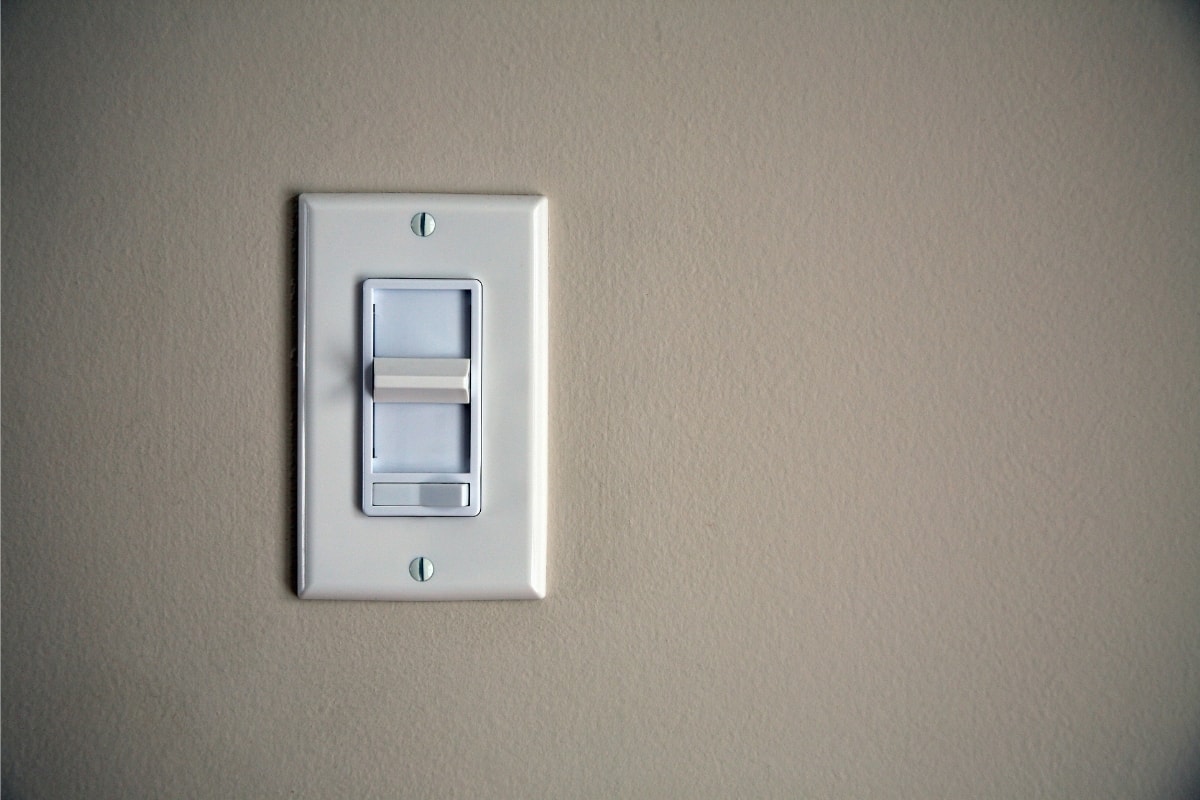What Is VGA
Video Graphics Array (VGA) is a widely used video display standard. Introduced by IBM in 1987, it quickly became the most common video connection for personal computers. VGA serves as an analog video interface, allowing for the transmission of video signals from a computer or other video source to a display device, such as a monitor or projector.
The VGA standard supports a resolution of 640×480 pixels and a color depth of 16 colors. To transmit the analog video signal, it utilizes a 15-pin connector called the VGA connector. Using a VGA cable with male VGA connectors at each end allows the video source to be easily connected to the display device.
In home security, VGA has found widespread use in connecting surveillance cameras to monitors or recording devices. It offers a reliable and cost-effective solution for displaying video footage. However, as technology advances, VGA is gradually being replaced by digital video interfaces like HDMI and DisplayPort. These newer interfaces provide higher resolutions and better image quality.
Not all monitors or devices may be compatible with VGA, particularly newer models that may only have digital video outputs. In such cases, a converter may be necessary to ensure compatibility between the monitor and the device.
Frequently Asked Questions
What Does VGA No Signal Mean
A disconnection in the VGA cable caused by a dirty port or a small object lodged in the port can result in a “no signal” screen on your monitor. It is important to regularly clean your ports and make sure there is nothing obstructing them.
What Are the 2 Types of VGA
There are two types of VGA cables: 14-pin and 15-pin. In most applications, 14-pin cables are suitable, but for wider display compatibility, 15-pin cables may be necessary.
What Is the Disadvantage of VGA
VGA, being an analog connection, has a disadvantage compared to HDMI, which is a digital connection. One disadvantage is that analog signals can degrade between connections, and the quality can be affected by the cables used. VGA is generally considered inferior to digital connections.








